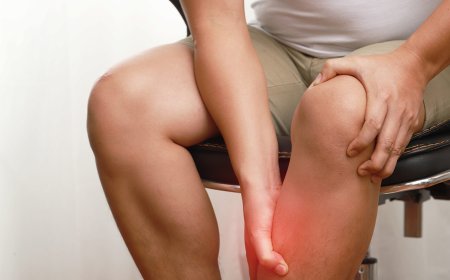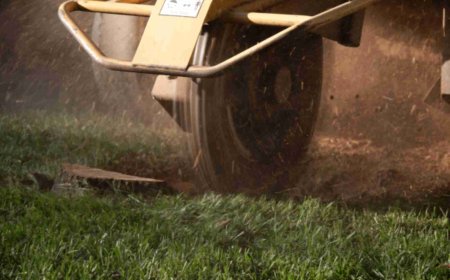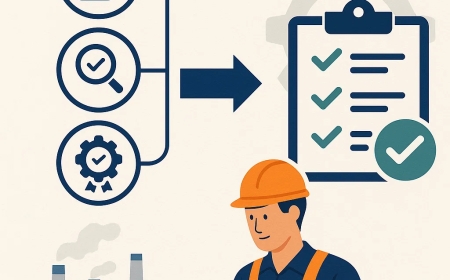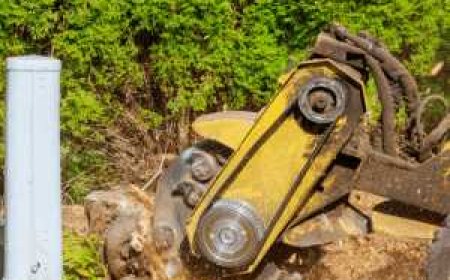Stump Grinding: The Ultimate Guide to Removing Tree Stumps Like a Pro
Stump grinding is the fastest, cleanest, and most efficient way to get rid of those stubborn stumps in your yard. Whether you go DIY or hire a pro, understanding the process helps you make smarter decisions. From boosting curb appeal to stopping pests in their tracks, stump grinding gives your landscape a fresh start—literally from the ground up.

Stump grinding is the process of using a powerful machine to shred a tree stump into small wood chips after a tree has been cut down. Unlike stump removal, which pulls the entire root system out, stump grinding focuses on reducing the stump to below ground level, making it easier to cover and restore the area.
Why is Stump Grinding Necessary?
Tree stumps can be a real painliterally and figuratively. Theyre trip hazards, home to unwanted pests, and just plain ugly. Grinding them down keeps your yard looking clean and safe while preventing issues like termite infestations and fungal growth.
?? Different Methods of Stump Removal
Manual Removal vs. Stump Grinding
Manual removal involves digging, chopping, and sweating. Its labor-intensive and not ideal for large stumps. Stump grinding, on the other hand, is fast and efficient with the right machine.
Chemical Removal vs. Stump Grinding
Chemical methods take weeks or even months and require applying potassium nitrate to decompose the stump. Stump grinding delivers same-day results without leaving toxic substances in your soil.
Burning Method vs. Stump Grinding
Burning is risky, especially in dry areas. It can also release harmful fumes. Grinding is much safer and environmentally sound.
?? How Stump Grinding Works
The Stump Grinder Machine Explained
A stump grinder is a powerful tool with a rotating cutting disc. The disc has sharp teeth that chip away at the wood as it spins. Machines range from small walk-behind models to large, self-propelled units for professional use.
Steps Involved in the Grinding Process
-
Clear the area of rocks and debris.
-
Position the grinder over the stump.
-
Lower the cutting wheel and begin grinding.
-
Sweep side to side until the stump is below ground.
-
Fill the hole with wood chips or soil.
? Benefits of Stump Grinding
Aesthetics and Curb Appeal
Lets face it: stumps are ugly. Removing them instantly improves the look of your yard, boosting your homes value.
Preventing Pests and Diseases
Old stumps attract ants, beetles, and termites. They can also harbor fungi and rot that spread to healthy trees.
Enhancing Lawn Health
Stumps steal nutrients and space. Grinding them opens up your yard for fresh landscaping or a new tree.
? DIY vs. Hiring a Professional
When to Do It Yourself
If the stump is small and youre comfortable with machinery, a DIY rental grinder can get the job done.
When to Call an Arborist
Big stumps? Tight spaces? Underground utilities? Let the pros handle it. Its safer and often faster.
? Cost of Stump Grinding
Factors Affecting Cost
-
Size of the stump
-
Type of wood
-
Root complexity
-
Accessibility
Average Price Ranges
Expect to pay between $100 and $400 per stump. Multiple stumps or larger ones may increase the cost.
? Preparing for Stump Grinding
Safety Measures
Wear gloves, goggles, ear protection, and steel-toe boots. Keep kids and pets far away.
Clearing the Area
Remove rocks, sticks, and other debris. Mark any underground utilities before grinding begins.
? What Happens After Stump Grinding
What to Do with the Mulch
Wood chips can be reused in your garden beds, compost, or as a natural pathway filler.
Planting Grass or a New Tree
Fill the hole with soil and top with grass seed. If planting a new tree, choose a slightly different spot to avoid old roots.
? Common Mistakes to Avoid
Not Grinding Deep Enough
Shallow grinding can lead to regrowth or uneven terrain. Go at least 46 inches below ground.
Leaving Surface Roots Untouched
Lateral roots can sprout or decay unevenly. Its best to grind them too for a smoother finish.
? Environmental Impact of Stump Grinding
Eco-Friendly Alternatives
Electric grinders produce fewer emissions than gas-powered ones. Ask your arborist about eco-friendly equipment.
Waste Recycling Options
Leftover mulch can be repurposed instead of trashed. Many companies will even haul it for composting.
? Stump Grinding vs. Stump Removal
Key Differences
-
Grinding = Faster, easier, leaves roots.
-
Removal = Full root system gone, more damage to soil.
Which One is Better for Your Yard?
If you want minimal lawn disruption, grinding is best. For construction or replanting, removal may be necessary.
? Dealing With Large Tree Stumps
Equipment Youll Need
Heavy-duty grinders, possibly with hydraulic attachments for big stumps.
Special Considerations
Larger stumps may need multiple passes and more time. Check for underground utilities before grinding.
? Root Removal After Grinding
Do Roots Die After Grinding?
Yes, most roots will die off after the stump is removed. However, some larger root systems may take longer to decay.
How to Get Rid of Remaining Roots
You can speed up decay with nitrogen-rich soil, or dig them out if theyre in the way.
? Timeframe and Recovery
How Long Does It Take?
Grinding takes 15 minutes to a few hours depending on stump size and complexity.
Lawn Recovery Tips
Water the area, cover with topsoil, and overseed with grass to restore your lawns look.
? Conclusion
Stump grinding is the fastest, cleanest, and most efficient way to get rid of those stubborn stumps in your yard. Whether you go DIY or hire a pro, understanding the process helps you make smarter decisions. From boosting curb appeal to stopping pests in their tracks, stump grinding gives your landscape a fresh startliterally from the ground up.
???? FAQs
1. Can you grind a stump in the rain?
Yes, but its not ideal. Wet soil can make the grinder unstable and harder to maneuver.
2. Will the tree grow back after stump grinding?
Not likely. If done correctly, stump grinding destroys the base needed for regrowth.
3. Is it safe to plant over a ground stump?
Yes, but its better to wait until the wood chips decompose or remove them for better soil health.
4. Whats the best time of year for stump grinding?
Spring or fall when the soil isnt too wet or frozen, making grinding easier.
5. How deep should a stump be ground?
Typically 46 inches below ground, but deeper if youre planning to replant in the same spot.































